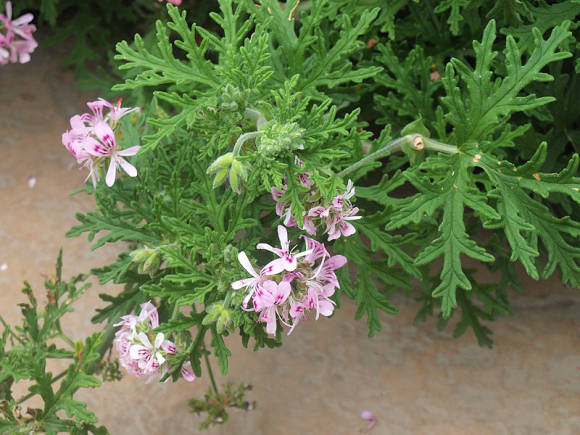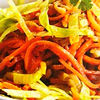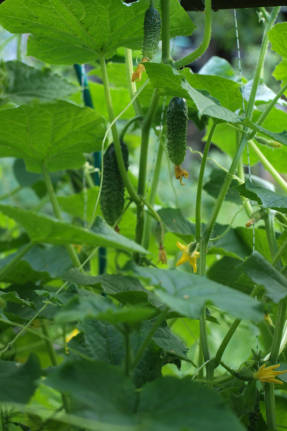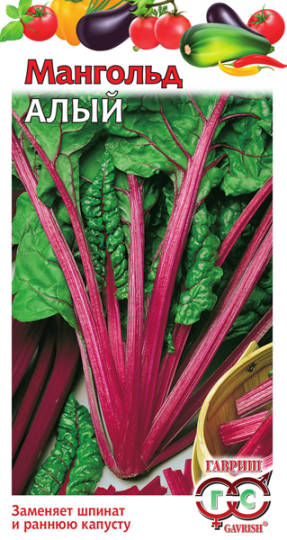Corn is one of the oldest cultivated plants, and over the millennia that have been used by humans, it has become a truly universal plant - for all occasions. This plant is a good source of carbohydrates, B vitamins (riboflavin and thiamin), vitamins A and C, potassium and zinc; rich in protein.
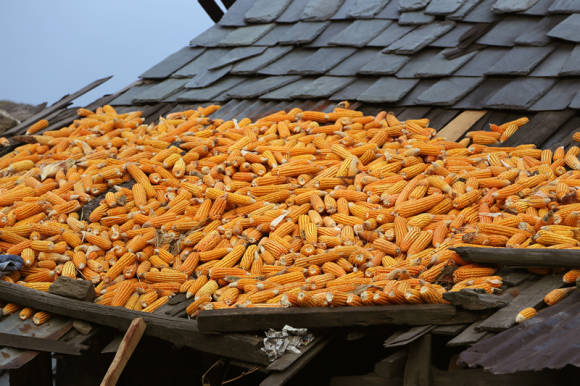
We will not dwell on its food use as flour, cereals and other things, but let's talk about its medicinal and some unusual uses. Let's start with the main corn product - grain.
Corn starch widely used in the pharmaceutical industry, for example, as a filler in the production of tablets. At the same time, it is also a raw material for other products such as sorbitol and dextrin. Along with starch from some other plants, corn can be used for fermentation in the production of fine chemical products such as antibiotics and amino acids. Modified corn starch is used to make edible tableware and compostable filler for all kinds of packaging.
In addition, it is also a raw material for other products such as sorbitol and dextrin, as well as for the production of corn syrup. Corn syrup is made from starch by enzymatic hydrolysis. Depending on the characteristics of production, it may contain different amounts of glucose and fructose. Corn syrup is used in jams, jellies, and other sweets, often in combination with cane sugar and maple syrup. And in the USA it is a cheap substitute for cane sugar in candy.
Cooking recipes with corn:
- Kefir okroshka with sorrel, green peas and corn
- Mexican Corn and Spice Vegetable Salad
- Jellied Pie with Cabbage, Sausages, Sweet Corn and Paprika
- Chicken spicy soup with tomatoes and corn
- Jerusalem artichoke salad with corn and eggs
- Grilled sweet corn

Chemical composition
The germ of corn kernels contains 49-57% fatty oil (Oleum maydis), which is obtained by cold (most valuable) and hot pressing, as well as pressing with extraction.
Corn oil has become a part of our everyday life and it is worth considering - how useful is it? Crude, unrefined corn oil is recommended as a dietary aid for the prevention and treatment of atherosclerosis, obesity, diabetes mellitus. The oil contains linoleic acid (40-60%), oleic acid (25-35%) and palmitic acid (9-12%), as well as vitamin E and phytosterols. Corn oil is a valuable edible oil. It is valuable in body and face care products and as a carrier solution for oil injections.

Medicinal raw materials of corn
But the main medicinal raw material is still not oil, but corn silk... Corn stubs with stigmas (scientificallyStili et Stigmata Maydis) in folk medicine sometimes referred to as "corn hair". Indeed, the raw material is very similar to tow. The stigma is harvested in the summer at the stage of milky ripeness of the cobs or in August-September when the corn cobs are harvested; picking them off by hand or with a knife. Raw materials are dried in dryers at a temperature of + 40 ° C or in the air, in the shade, spread out in a layer of 1-2 cm. The main thing is not to overheat or, conversely, not to dry for too long with poor ventilation and relatively high humidity. With long and tedious drying, corn stigmas actively germinate with mold fungi, in particular Aspergillus flavus, which is a source of very dangerous mycotoxins in medicinal plant materials. For the same reason, due to the fact that the raw material is very hygroscopic, it should be stored in a dry, well-ventilated room for up to 3 years.

Corn in medicine
Some historians believe that corn has been cultivated in North America for over 7000 years, during which time the Indians knew about its medicinal properties. Almost the entire plant was used, but nevertheless, corn stigmas stand out as the most effective part of the plant in all sources. In American Indian folk medicine, they were used to treat urinary tract disorders, including inflammation of the bladder and painful urination. Corn has also served as a remedy for heart disease, jaundice, malaria, and obesity. The stigmas are rich in vitamin K, which makes them useful for controlling bleeding during childbirth. Native American people used them to treat infertility and menstrual pain. Outwardly fresh stigmas were used to cleanse purulent wounds. And since the conquest of America by Columbus, they have also been used to treat gonorrhea.
Corn silk contains ascorbic acid, vitamin K, fatty oil, traces of essential oil, bitter substances, saponins, resins, sitosterol, stigmasterol; have choleretic and diuretic properties.

In scientific medicine in many countries, including Russia, liquid extract and infusion of corn silk used for cholangitis, cholecystitis, hepatitis and gallstone disease, as well as in the case of insufficient separation of bile, less often - as a hemostatic agent.
As a diuretic infusion or decoction of corn stigmas used for urolithiasis, inflammatory diseases of the genitourinary tract and prostatitis. Corn silk is used both separately and together with other plants for the treatment of diseases of the genitourinary system. In particular, decoction of stigmas soothes the burning pain of cystitis, helps the discharge of stones and sand, eliminates fluid retention and helps with frequent urination in patients with prostatitis. Due to its diuretic effect, corn stigmas can lower blood pressure. This raw material can be a useful addition to blood purification collections. For bacterial bladder infections, they are best used in combination with "antiseptic" plants such as bearberry leaves, or more exoticly, with the leaf of the Peumus Boldo tree. (Peumus boldo).
Decoction of corn stigmas promotes bile secretion, which explains its traditional use in the treatment of gallstone disease. Improving bile secretion indirectly improves digestion and absorption of nutrients in the intestines. When taking preparations of corn stigmas, the bile liquefies and, accordingly, facilitates its separation. Therefore, this plant is an irreplaceable assistant for cholecystitis and cholangitis. For the same reason, corn silk can be found in foods that improve digestion. At the same time, many herbalists note that the infusion of corn silk reduces appetite and therefore, many practitioners include them in their diet for weight loss.
In addition, in China, corn silk is used as a component of the harvest for the treatment of diabetes. At home, they can be combined with blueberry leaves and beans.
Corn Silk Recipes

For cooking infusion or decoction usually take 5 g of raw materials for 1 cup of boiling water. When preparing the infusion, the raw material is poured with boiling water and insisted for 45 minutes, then filtered and taken in 1/3 cup 3 times a day before meals. The broth is prepared for 0.5 hours in a water bath. After insisting, the solution is filtered and the volume is brought to the same 200 ml by adding boiled water. Drink 3 times a day, at one meal - 1 tablespoon before meals.
Contraindications may be individual intolerance of this particular species, as well as large stones in the gallbladder and kidneys. The diuretic and choleretic action of the stigmas can "move" them so that they block the ureter or bile duct. So, before taking them, it is still worth consulting a doctor.
Decoction of corn cobs used for indigestion. This broth also has a diuretic effect.
Corn - raw material for biofuels and bioplastics
Now in the EU, primarily in Germany, such a concept as renewable resources (read - raw materials) is fashionable. Corn is one of these very resources.
In addition to food and medical applications, it serves as a raw material for very different products - from bioethanol and biogas to bioplastics (for example, degradable plastic for bags). It is of great importance in the production of degradable bioplastics and as a starting product for the enzymatic production of lactic acid, which, in turn, is the raw material for the production of polylactide (PLA), from which environmentally friendly bags and bags are made, very similar to plastic ones.

